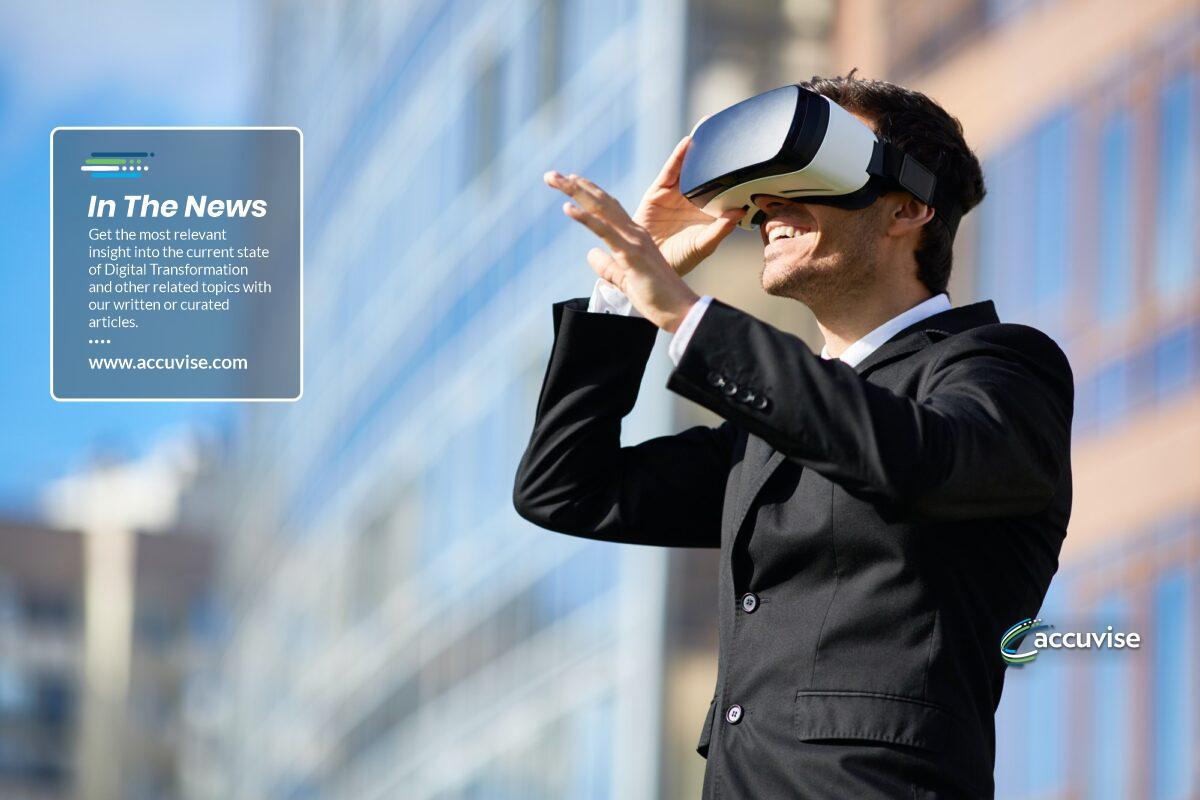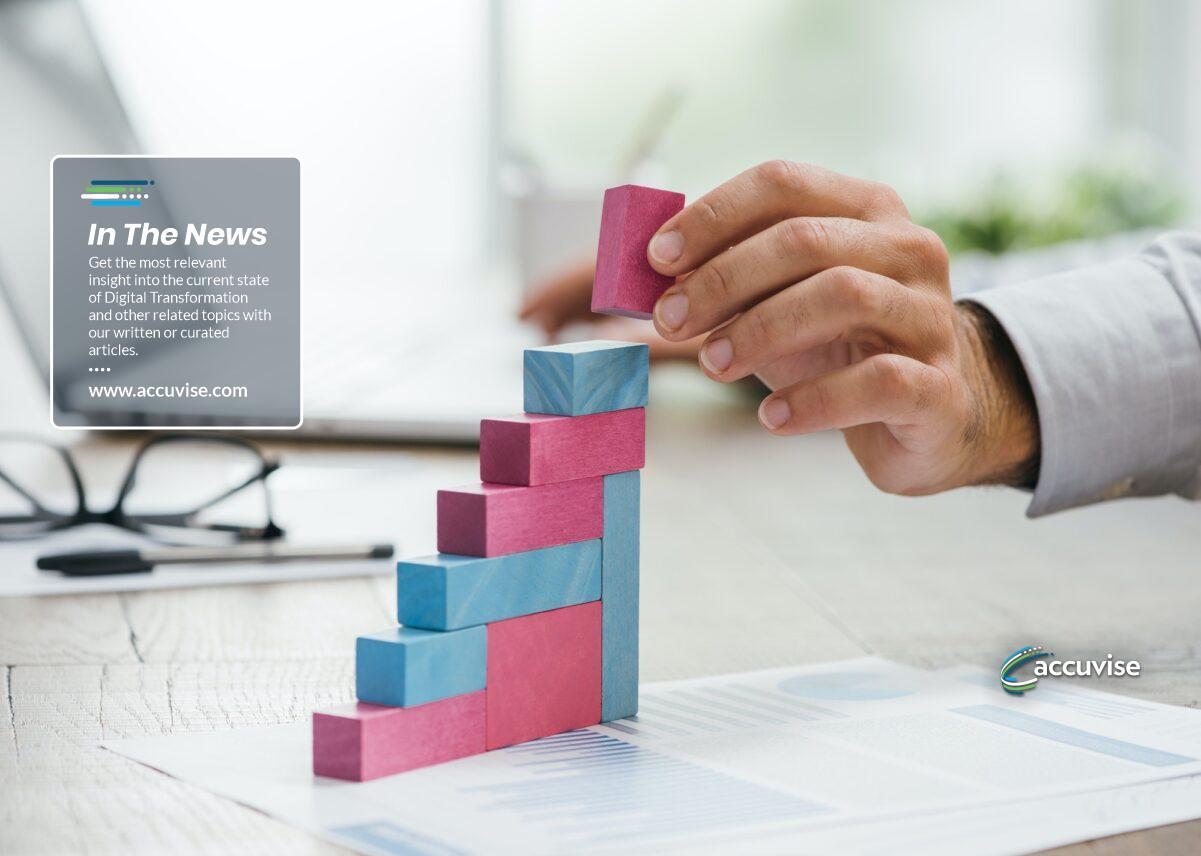Your team has been virtually collaborating in all kinds of new ways during the pandemic: Zoom, anyone? The pressure to achieve digital transformation goals has only increased in many organizations. But the number of together-but-apart experiences we foist on our teams is taking a toll – so much so that the phrase “Zoom fatigue” quickly became a thing.
Video conferencing is just one aspect of the nearly constant engagement. There are Slack channels, group texts, and calendar invites.
“Perhaps due to the inability to just ‘pop by someone’s desk,’ scheduled meetings for any and every subject are becoming the norm. Even where organizations use chat or messaging tools like MS Teams or Yammer, many feel if they need to speak with someone then they need to schedule a meeting,” says Ola Chowning, partner at global technology research and advisory firm ISG. “The result has been back-to-back calendar meetings with little breath in between, followed quickly by the extension of the day into early or late meetings due to more pressing needs.”
The need to connect is not going to go away, but IT leaders need to take action to prevent or mitigate the impact of collaboration fatigue. “Leaders, and some top organizations, are recognizing the strain of ‘continual connection’ and some best practices are beginning to emerge,” Chowning says.
Leaders can take a number of actions to ensure that their teams are able to continue to work together without burning out or feeling like they are digitally tethered to their work. Consider these eight options as best practices to fight collaboration fatigue:
1. Initiate a 10-minute rule
IT leaders can set the standard that every meeting also blocks out ten minutes before and after as free time, unavailable for further booking. This prevents the problem of back-to-back-to-back meetings. “This works well for proliferating internal meetings,” says Chowning, “but is harder to control for meetings with external clients and partners.’
2. Create clear starts and ends to days
“Work burnout is a real concern – particularly for individuals who don’t have an in-home focus such as children or other family members to provide a natural diversion, the tendency is to just work. And work. And work,” Chowning says. “Without bookends, meetings (and work) tend to bleed into free and family time.” One company recently mandated that no meetings be scheduled beyond 6 pm in the employee’s time zone – period.
3. Encourage a shutdown ritual
Stephanie Welsh, senior director for IT strategy and enablement at Red Hat, encourages her team to create Shutdown Ritual: “Specific actions you take at the end of the day to signal to your brain (and others) that work is over for the day,” she explains. “This can be as simple as turning off your computer (more than just shutting it down), moving to another room in your house, or taking your dog for his nightly walk. All of these help you create the habit of completing your day and creating a barrier between work and your personal life when there is no physical distinction in your surroundings.” Her ritual includes putting her computer and notebook in her backpack – just as she would do when leaving the office.
4. Encourage asynchronous collaboration
People have conflated ‘collaboration’ with ‘video’ and this leaves a lot of opportunity on the table.
Too many video calls are clearly taking a toll. “One of my colleagues, Phil Scone, coined the term ‘digital presenteeism’ on a recent radio interview: the cultural pressure to appear present versus a focus on the underlying work,” says Steve Hall, partner at ISG and president of ISG EMEA. “How do I look on video? Is my hair proper? Am I smiling? Is the camera adjusted correctly? Is my background right?” All things that are important, but which have little to do with getting actual work done.
“The current generation of platforms like Teams integrate a wide variety of tools and SaaS offerings which offer a rich collaboration ecosystem without anyone having to wrestle with their mute button,” says Hall. “Getting away from video unlocks a much more powerful set of use cases and offers real business value through changing work behaviors.”
5. Talk about boundaries
“Whether they have established practices or not, leaders need to recognize employee boundaries and encourage them to do the same with each other, talk about and motivate their teams to address their working conditions and get away from their desks, and – of course – do the same for themselves,” says Chowning.
6. Don’t send unintended pressure with late-night e-mails
Speaking of boundaries: “If you have a need to work during off-hours, consider using the ‘Send later’ feature so the email is not received at night, creating an expectation that the person responds to it at night,” Welsh advises.
7. Block out lunch
“One of our partners recently explained that his organization had asked all of their employees to ‘book lunch’ in their calendars each day, and even gave them suggestions on how to use the time away from their work,” Chowning says.
8. Schedule video-free team meetings
When real-time meetings are required, consider making some of them dial-in only. “One project leader recently told me that being on video with the client was good practice but can be fatiguing and stressful, making the team feel that they have to always be ‘on’,” says Chowning. “He established video-free team meetings to give them a break, and they love it.”
Digital Transformation Strategy is a Journey, not a Destination
Accuvise is your Guide
Be sure to BOOK your Free Consultation to learn more about how Accuvise can help….
Source: enterprisersproject






